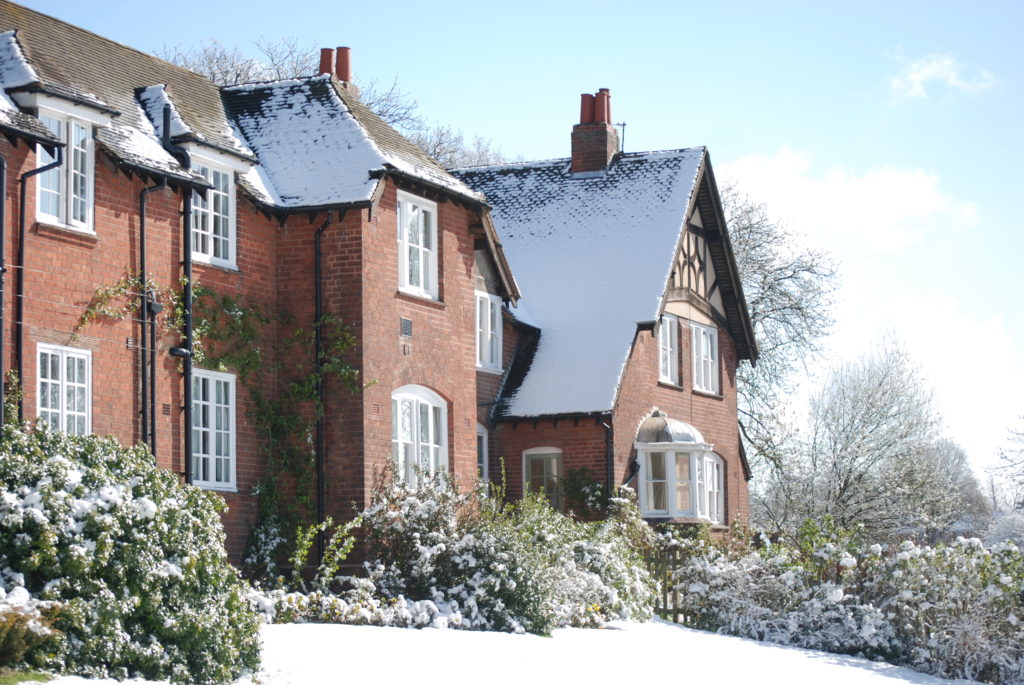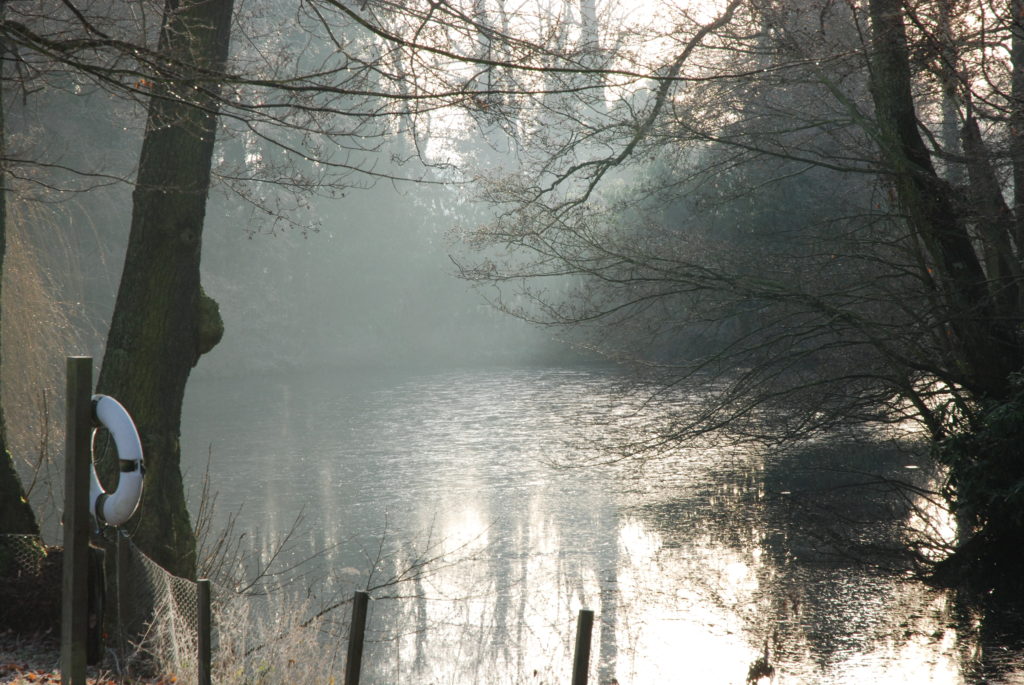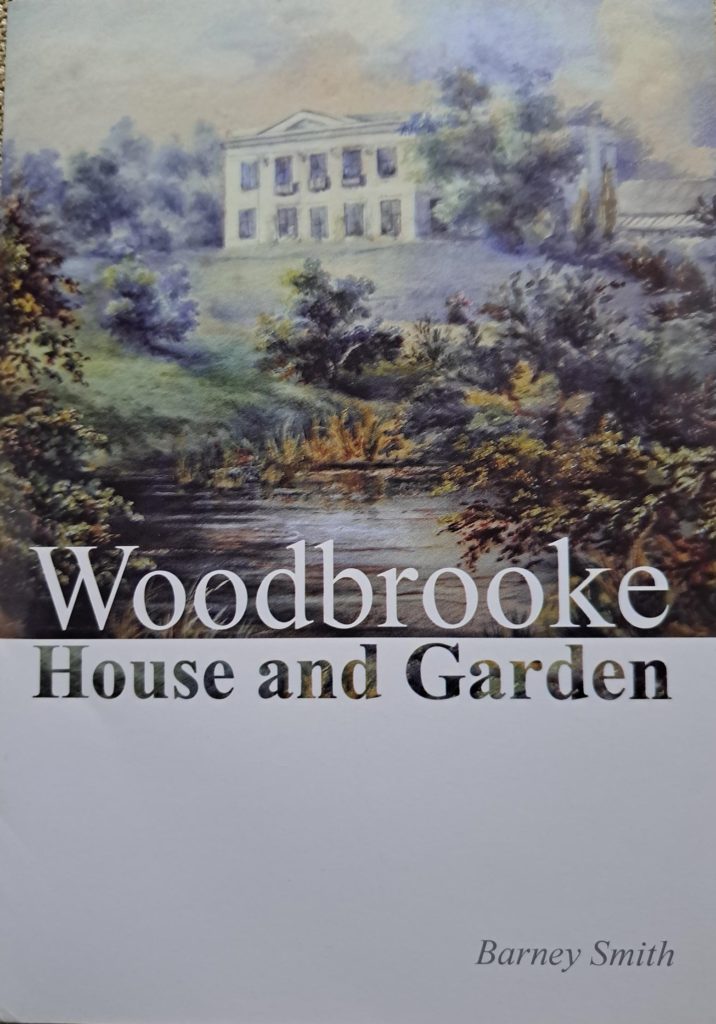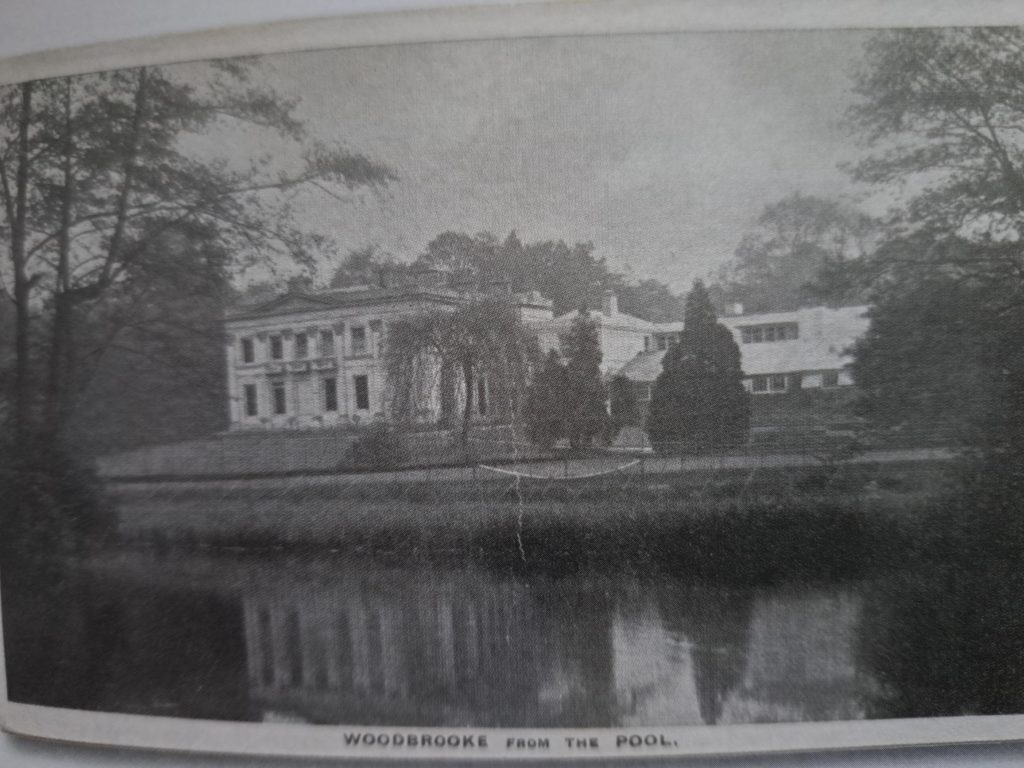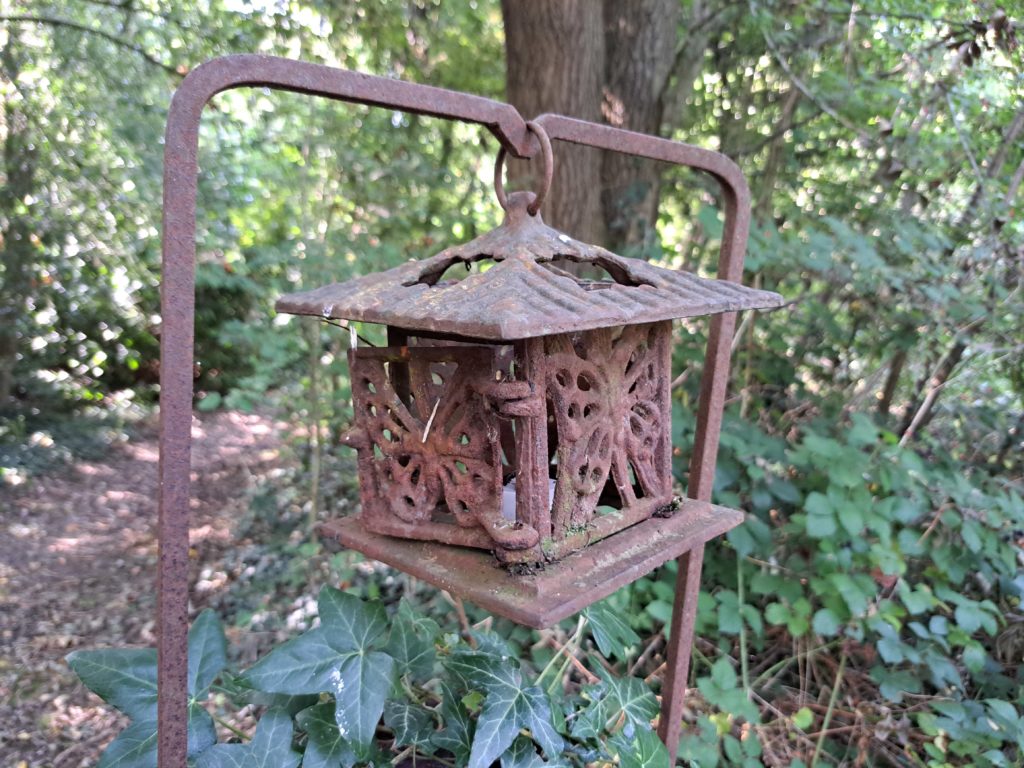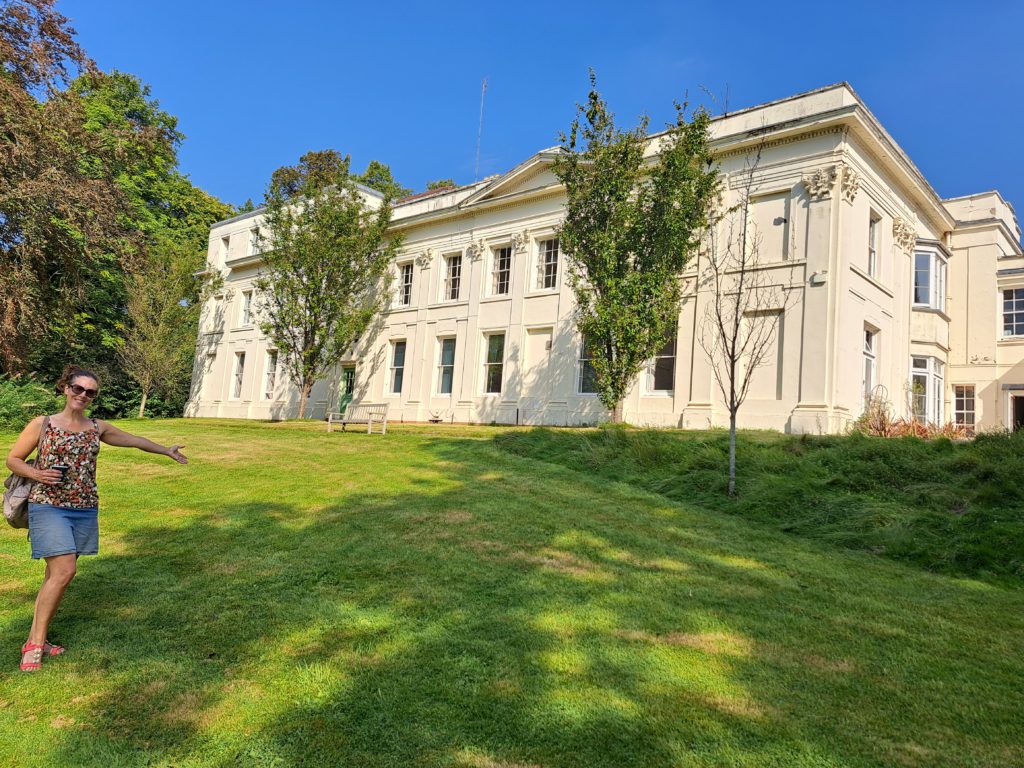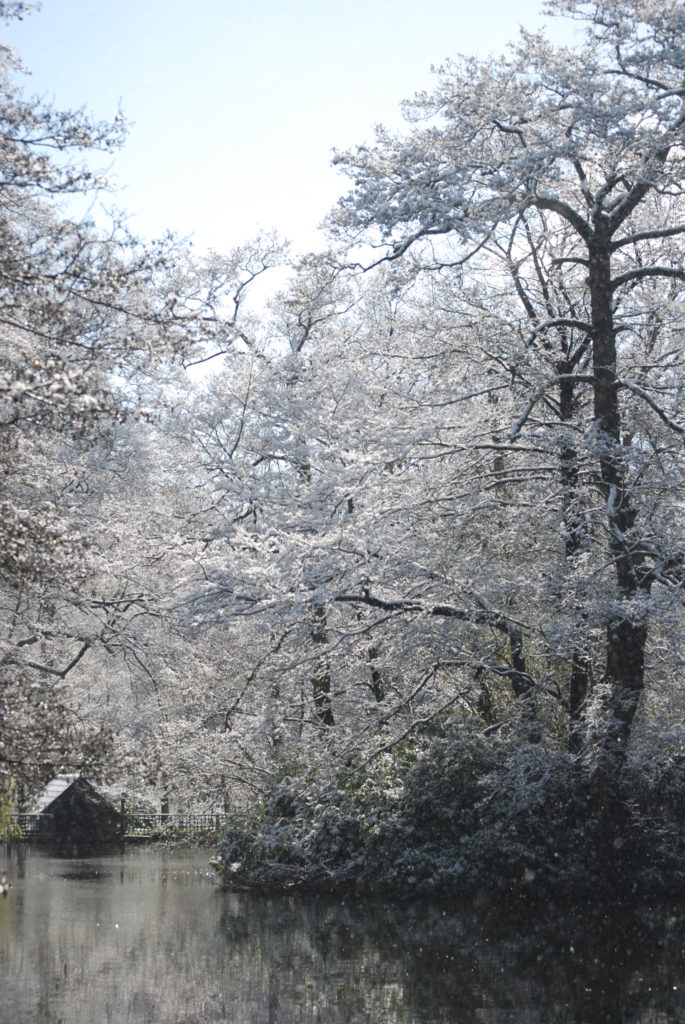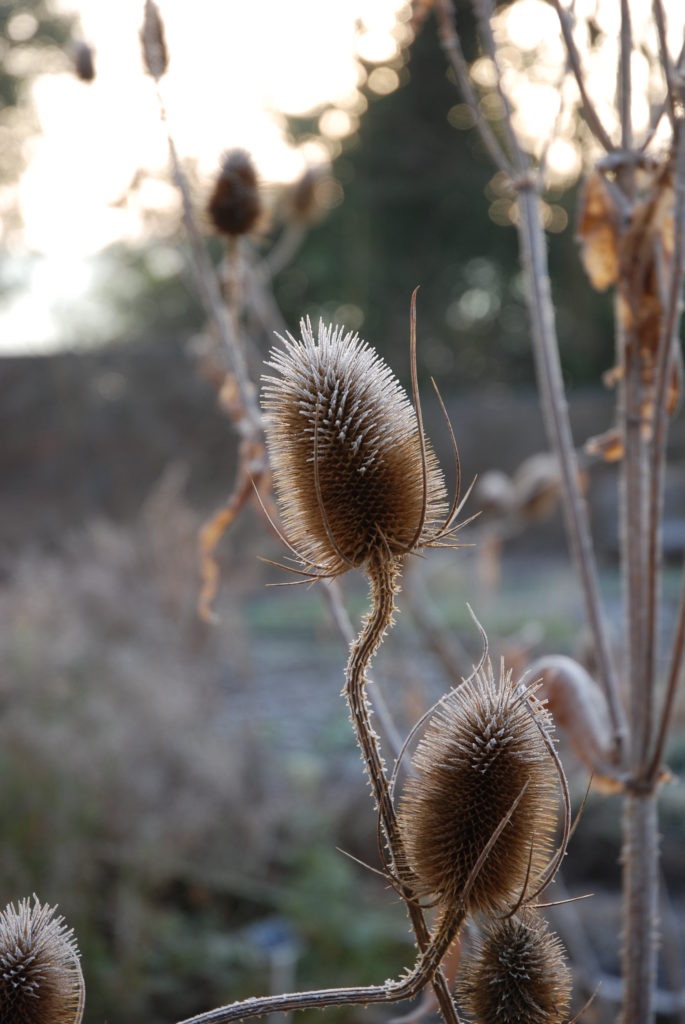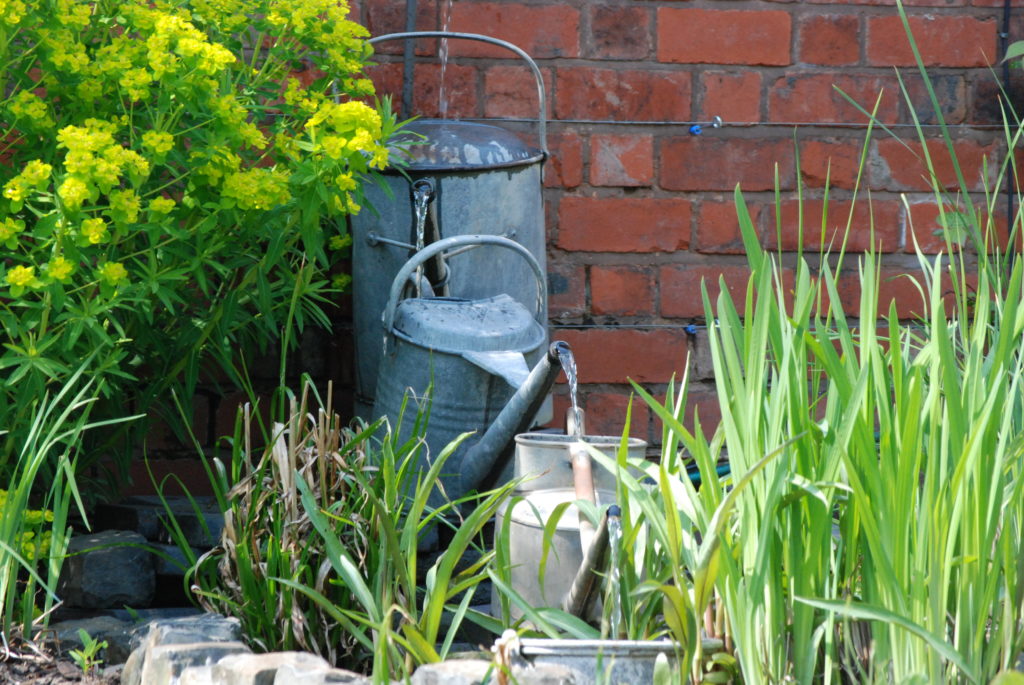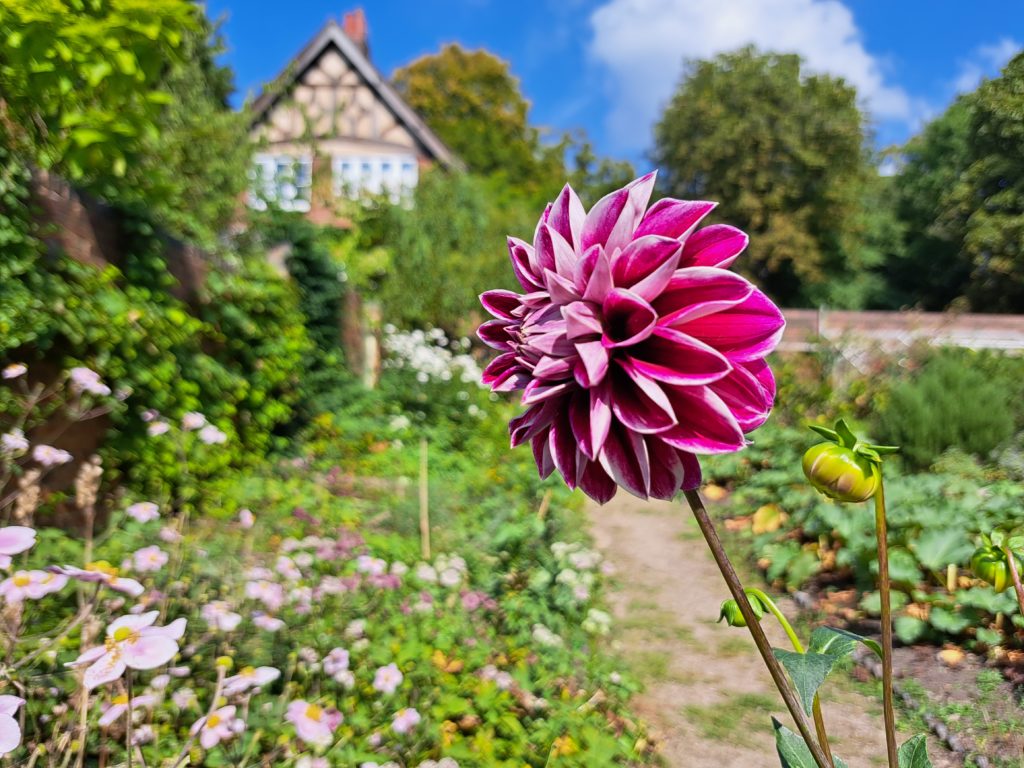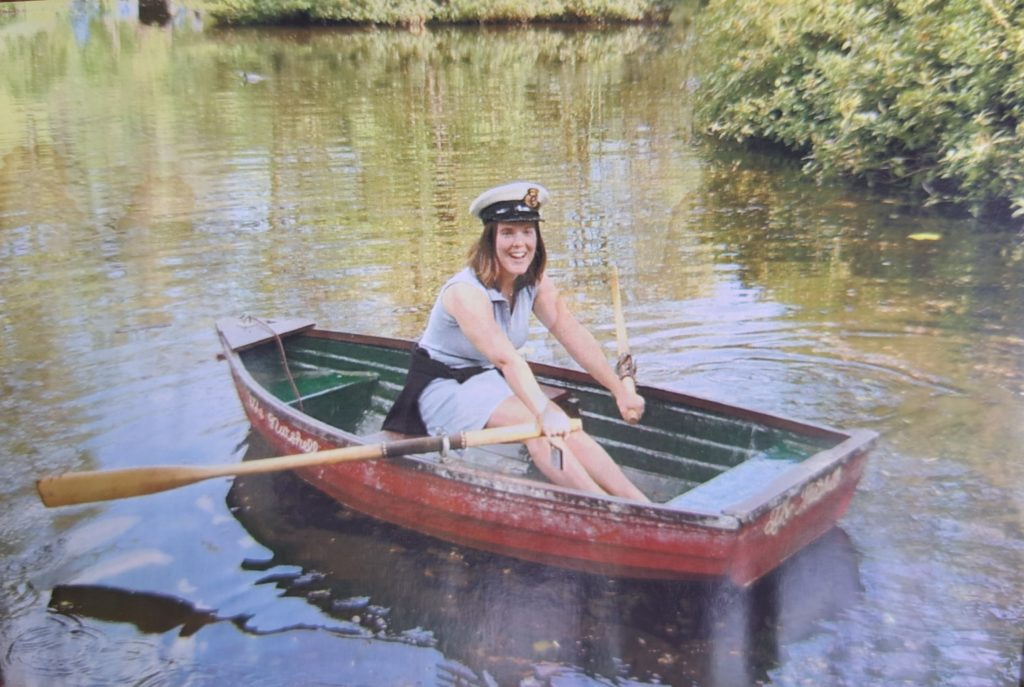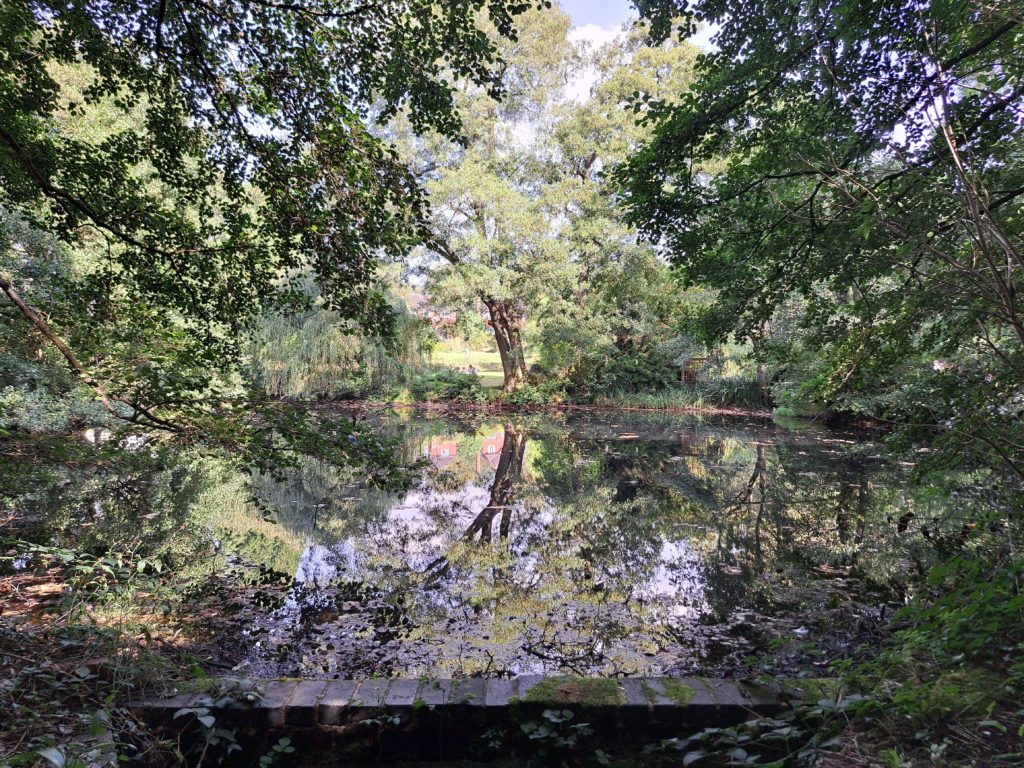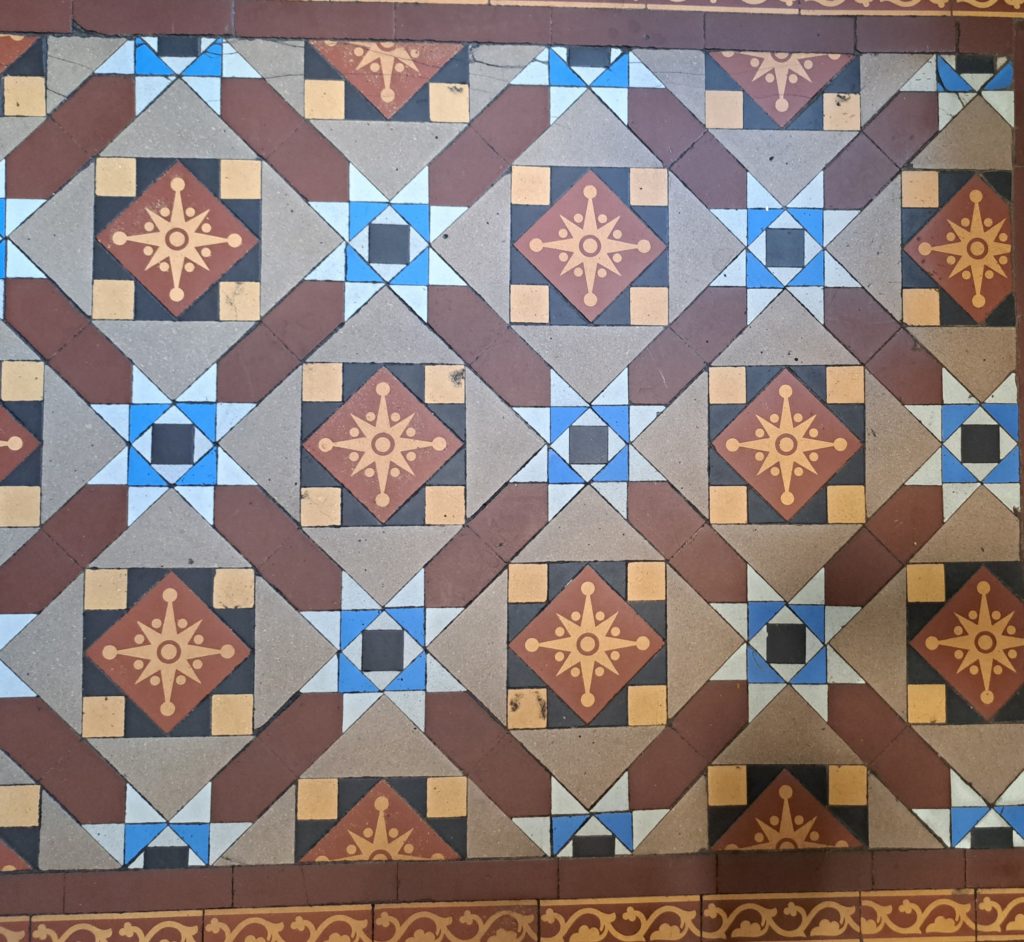Retracing my steps
“Is it a maze?”
“A lawn labyrinth,” he said. “A maze has lots of ways to reach the centre, a labyrinth only one.”
(Chapter 26, The Undoing of Arlo Knott)
Most of the time authors carefully select their settings, but sometimes the story just revs its engine and takes you off to who-knows-where. Hence I found, completely by accident, this one little scene in The Undoing of Arlo Knott setting itself at an old workplace of mine – Woodbrooke Quaker Study Centre in Birmingham.
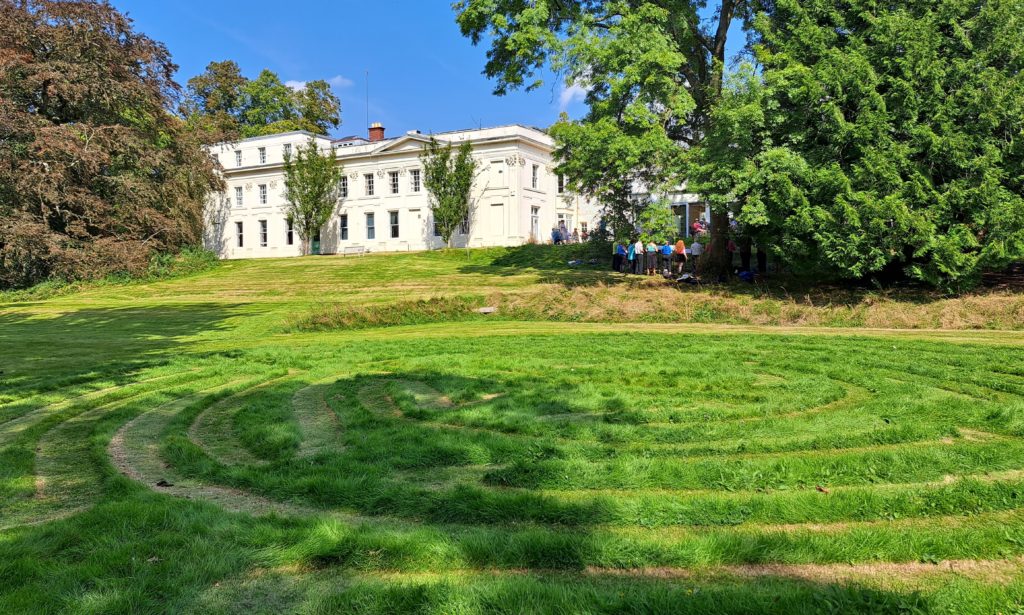
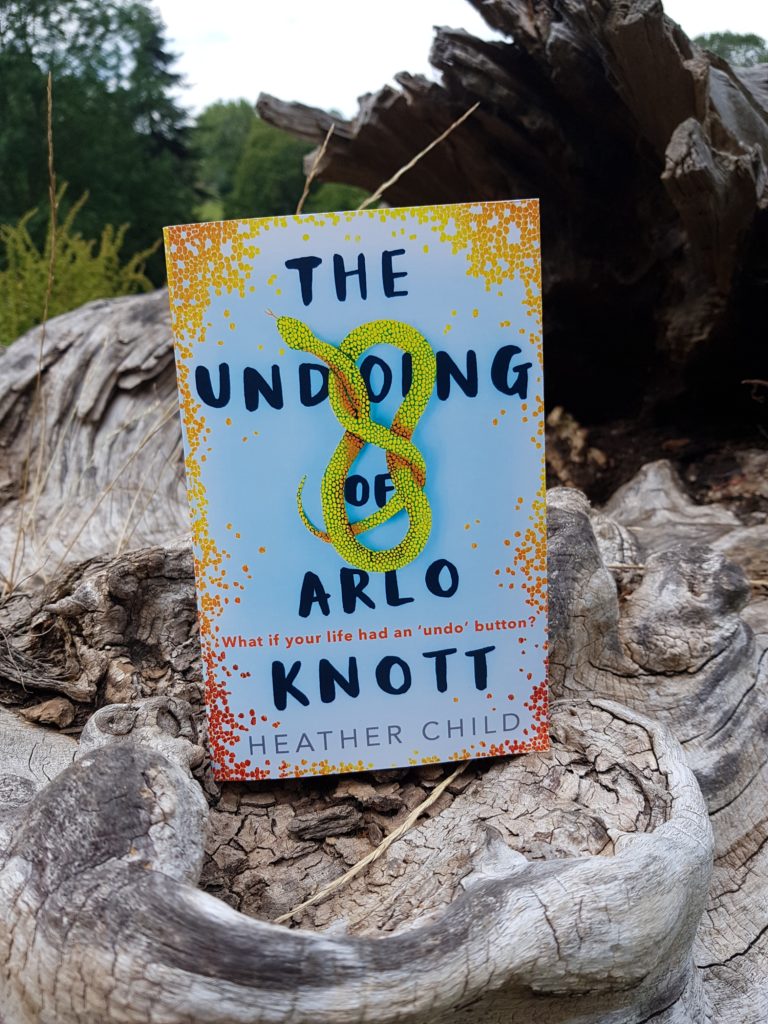
Arlo lives a mistake-free life, but when he finds himself in the garden of this old stately home, he is experiencing something that is almost regret. He has come straight from a spell in Colombia clearing landmines in his own unique way, and walking a certain lawn labyrinth is the perfect way to focus his mind on the implications of not putting a foot wrong. It’s a breathing space – a green oasis amid the hustle and bustle of Birmingham.
That’s exactly what Woodbrooke is – a green oasis, unexpected white chocolate walls just a treeline away from the busy Bristol road. I went there for the first time in ages earlier this month. On that record-breaking hot September Saturday when every instinct told me to go to the beach, I hit the M5 instead, purely to visit an old workplace… what was that about?
Earlier this year I’d heard that Woodbrooke is closing at the end of October, so the Heritage Open Days weekend was potentially my last chance to see the place again.
A bit of history
Woodbrooke was built from pen-nibs. Or rather, that was how Josiah Mason made enough money to have the place constructed in 1830. Later the house was bought by George Cadbury once he had set up his chocolate factory in Bournville, and in 1903 he gave it to the Quakers.
Since then it has been a space for learning, and has hosted everyone from peace activists to world leaders, notably Mahatma Gandhi in the 1930s. There was a myth that he lit a fire in his room for cooking and burnt a hole in the floor, the more genuine trivia being that he brought his own goat for milk (though it didn’t stay in room 12).
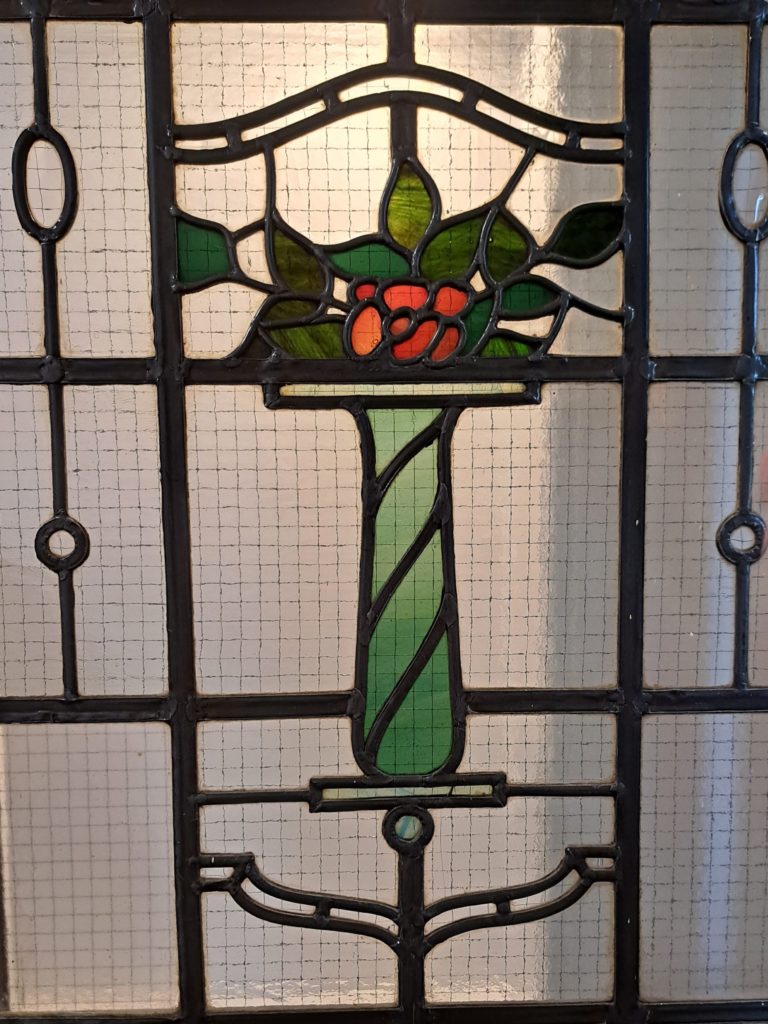
His visit is just one moment in a history that spans well over a century and is tangled with the roots of major social and environmental movements – Quakers being activists in everything from pacifism to climate change. It was a vibrant study centre, full of interesting, kind people. It was sometimes a challenging workplace, but in how many offices can you collect oars at lunchtime and take a rowing boat out for a spin?
I’ve never seen a lake so mirror-still as Woodbrooke’s, surrounded by its ancient woodland. It is, in every way, a place for reflection.
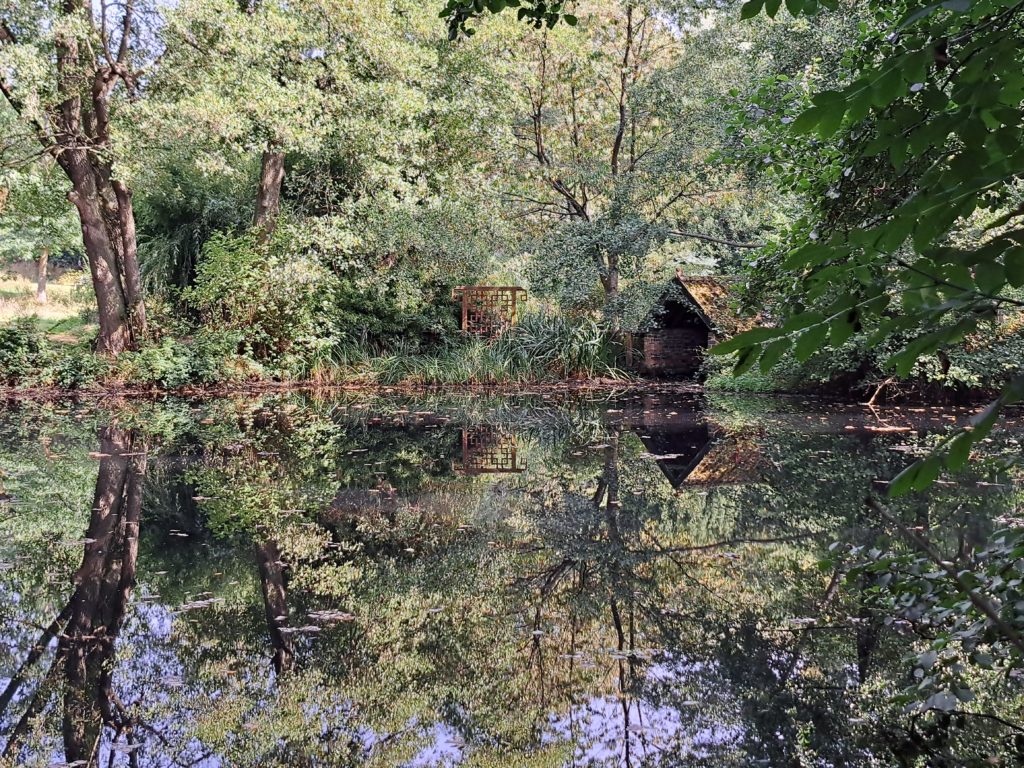
So for me it was worth a few hours in a hot car to see it again, the green oasis where Arlo Knott unwittingly wound up while a police officer in Birmingham, investigating a theft of lead from the roof (which did happen). During my visit I spoke to staff, one of whom has been there 34 years, and felt the sadness of such a place closing its doors, though doubtless it was a carefully considered decision. I know Woodbrooke will have found its way into plenty of books, art and culture, far beyond its cameo in The Undoing of Arlo Knott.
It’s that kind of place.
Woodbrooke… old and new
A few snaps from my recent visit, and some from times past. The book shown below is a wonderful brief history of the house and garden written by gardener Barney Smith, which I helped to publish.






